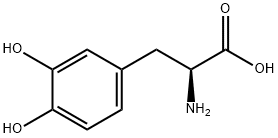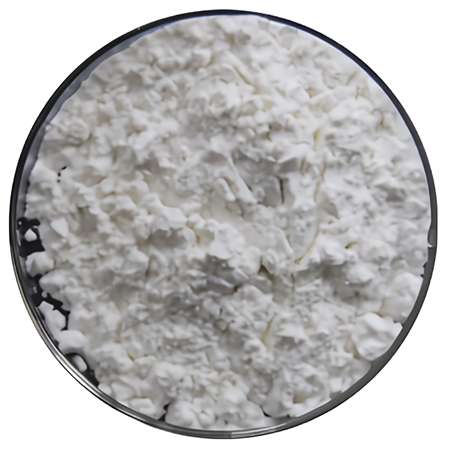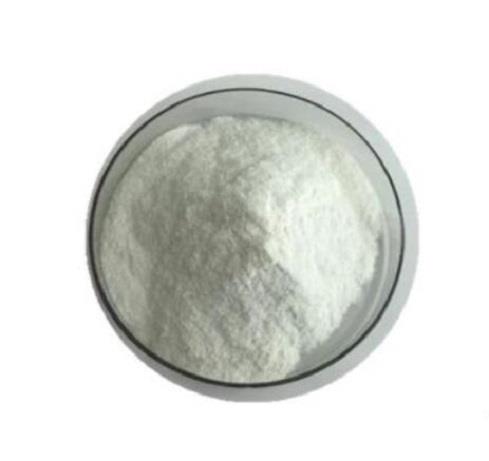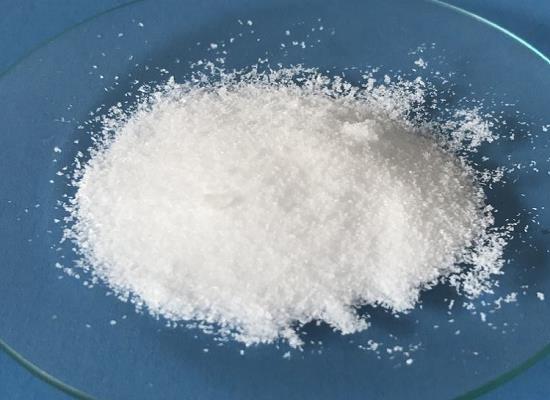Levodopa: A Breakthrough in Parkinson's Disease Treatment
Introduction
Levodopa, often referred to as L-DOPA, is a cornerstone in the treatment of Parkinson's disease (PD), a neurodegenerative disorder that affects millions worldwide. Discovered in the early 20th century, Levodopa has transformed the management of PD, offering significant symptomatic relief to patients and dramatically improving their quality of life. Its ability to replenish depleted dopamine levels in the brain marks it as a groundbreaking therapy, making it one of the most studied and utilized drugs in neurological treatment.
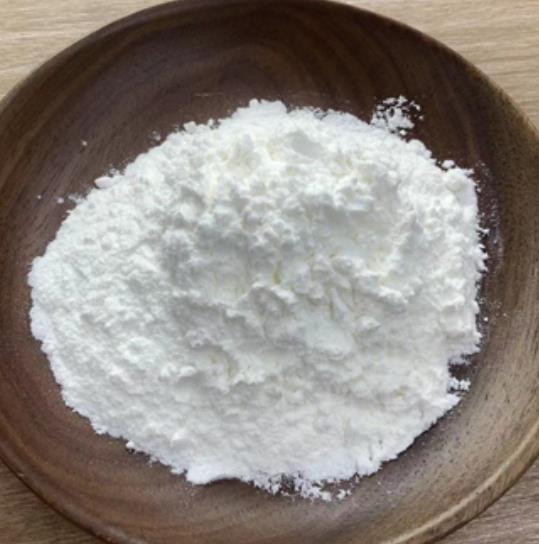
Figure 1 Characteristics of Levodopa
Properties of Levodopa
Levodopa (L-3,4-dihydroxyphenylalanine) is an aromatic amino acid and a precursor to the neurotransmitter dopamine. It appears as a white to slightly off-white crystalline powder, soluble in water and slightly soluble in alcohol. The chemical formula of Levodopa is C9H11NO4, with a molecular weight of 197.19 g/mol. It has a melting point of approximately 275°C and decomposes at higher temperatures.
Levodopa exhibits chirality and exists as two enantiomers, D- and L- forms, with the L- form being biologically active. This chiral nature is crucial for its therapeutic efficacy, as the L-form can cross the blood-brain barrier and be converted into dopamine, which is deficient in Parkinson's patients.
Major Components and Chemical Structure
The molecular structure of Levodopa includes a catechol group (a benzene ring with two hydroxyl groups at positions 3 and 4) attached to an L-alanine structure. This configuration allows it to serve as a precursor to catecholamines, including dopamine, norepinephrine, and epinephrine. The presence of the catechol group is essential for its activity and interaction with enzymes involved in the synthesis of neurotransmitters.
The synthesis of Levodopa involves the hydroxylation of L-tyrosine, a reaction catalyzed by the enzyme tyrosine hydroxylase. This step is critical in the biosynthesis pathway of dopamine, emphasizing the importance of Levodopa in restoring dopamine levels in the brain.
Uses of Levodopa
Levodopa is primarily used in the treatment of Parkinson's disease and dopamine-responsive dystonia. Parkinson's disease is characterized by the progressive loss of dopaminergic neurons in the substantia nigra, leading to motor symptoms such as tremors, rigidity, bradykinesia, and postural instability. By replenishing dopamine levels, Levodopa alleviates these symptoms and improves the quality of life for patients.
In clinical practice, Levodopa is often administered in combination with carbidopa or benserazide, which are peripheral decarboxylase inhibitors. These inhibitors prevent the conversion of Levodopa to dopamine outside the brain, enhancing its availability to the central nervous system and reducing peripheral side effects such as nausea and cardiovascular issues.
Beyond Parkinson's disease, Levodopa is also used experimentally in the treatment of other neurological disorders and as a tool in neuropharmacological research. Its role in modulating dopaminergic pathways makes it a valuable compound for studying brain function and neurodegenerative diseases.
Storage and Handling
Proper storage and handling of Levodopa are crucial to maintain its stability and efficacy. Levodopa should be stored in a tightly closed container, protected from light, moisture, and air, as it is sensitive to oxidation. The recommended storage temperature is between 20-25°C (68-77°F), with short-term excursions permitted between 15-30°C (59-86°F).
Levodopa should be handled with care, using appropriate protective equipment such as gloves and eye protection to prevent skin and eye contact. In case of spillage, it is essential to clean the area thoroughly and dispose of the material according to local regulations.
Conclusion
Levodopa remains a pivotal treatment for Parkinson's disease, offering hope and improved quality of life for patients suffering from this debilitating condition. Its unique properties, chemical structure, and therapeutic efficacy highlight the importance of ongoing research and development in the field of neuropharmacology. As we continue to explore its potential and optimize its use, Levodopa serves as a testament to the profound impact of scientific discovery on medical practice. Ongoing advancements in understanding its mechanisms and improving its delivery methods promise to enhance patient outcomes further and may lead to breakthroughs in treating other neurodegenerative diseases.
![Article illustration]() References
References
[1]Hornykiewicz O. A brief history of levodopa[J]. Journal of neurology, 2010, 257(Suppl 2): 249-252.
[2]Parkinson Study Group. Levodopa and the progression of Parkinson's disease[J]. New England Journal of Medicine, 2004, 351(24): 2498-2508.
You may like
Lastest Price from Levodopa manufacturers

US $5.00-0.50/KG2025-06-07
- CAS:
- 59-92-7
- Min. Order:
- 0.10000000149011612KG
- Purity:
- 99% hplc
- Supply Ability:
- 5000kg

US $5.00-0.50/KG2025-05-08
- CAS:
- 59-92-7
- Min. Order:
- 1KG
- Purity:
- 99% hplc
- Supply Ability:
- 500TONS
